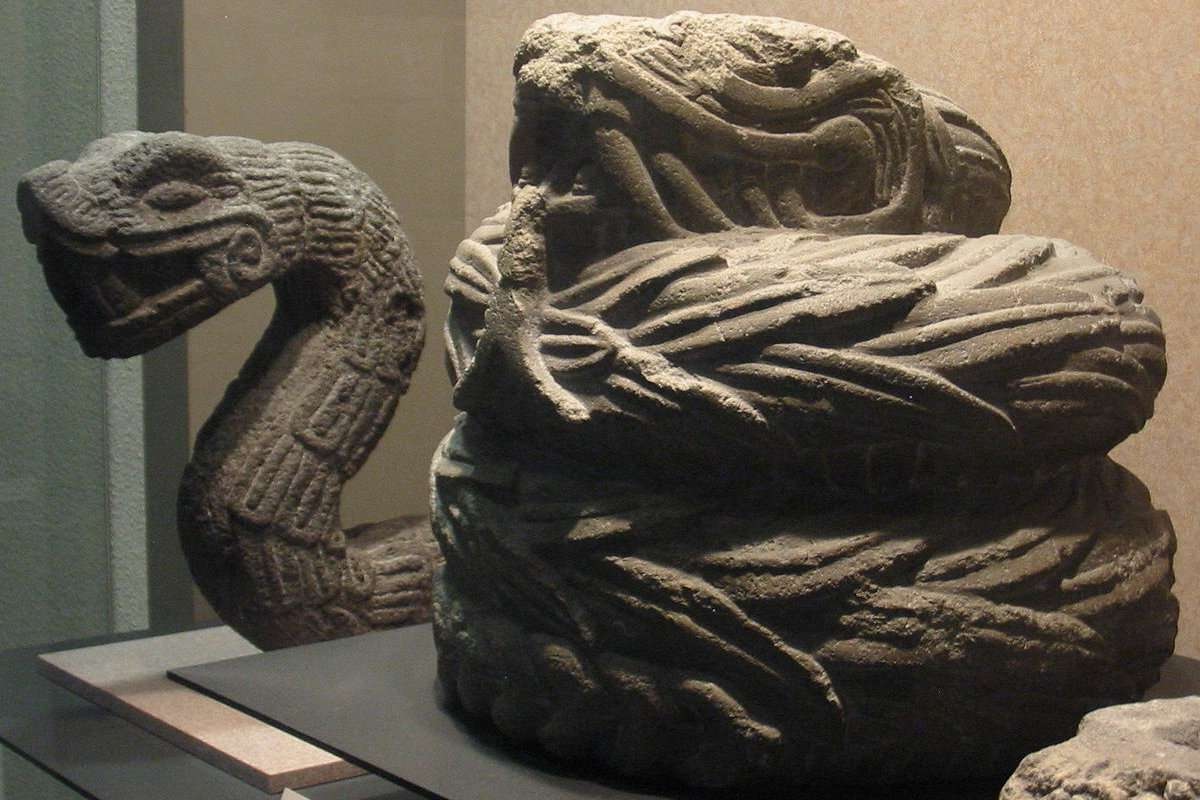
What do you know about the Olmec religion? The Olmecs, often called the "mother culture" of Mesoamerica, had a rich spiritual life that influenced later civilizations like the Maya and Aztec. Their religion was deeply connected to nature, with gods representing elements like rain, earth, and maize. Olmec religion included rituals, ceremonies, and possibly human sacrifices to appease their deities. They built colossal stone heads, which some believe were representations of their gods or revered leaders. The Olmecs also practiced shamanism, where shamans acted as intermediaries between the human and spiritual worlds. Understanding their beliefs gives us a glimpse into the early spiritual practices that shaped Mesoamerican history.
The Origins of Olmec Religion
The Olmec civilization, often referred to as the "mother culture" of Mesoamerica, had a rich and complex religious system. Their beliefs and practices influenced many later cultures in the region.
- The Olmecs lived in what is now southern Mexico, primarily in the states of Veracruz and Tabasco.
- Their civilization thrived from around 1200 BCE to 400 BCE.
- The Olmec religion was deeply intertwined with their daily life, politics, and social structure.
Deities and Mythology
Olmec religion featured a pantheon of gods and mythical creatures. These deities often represented natural elements and animals.
- The Olmecs worshipped a jaguar god, believed to be a powerful rain deity.
- Another significant deity was the Feathered Serpent, associated with fertility and the earth.
- The Maize God was crucial, symbolizing agriculture and sustenance.
- Olmec mythology included tales of supernatural beings and heroes, often depicted in their art.
Rituals and Ceremonies
Rituals played a vital role in Olmec religious practices. These ceremonies were often elaborate and involved various forms of offerings.
- Bloodletting was a common ritual, believed to appease the gods and ensure prosperity.
- The Olmecs practiced human sacrifice, particularly during significant religious events.
- Offerings of jade, pottery, and other valuable items were made to the gods.
- Rituals often took place in sacred spaces, such as temples and ceremonial centers.
Sacred Sites and Structures
The Olmecs built impressive structures that served as religious and ceremonial centers. These sites were often aligned with celestial events.
- La Venta, one of the most important Olmec sites, featured a massive pyramid and several altars.
- San Lorenzo, another key site, had colossal stone heads believed to represent rulers or deities.
- The Olmecs constructed ball courts, where ritual games were played as part of their religious practices.
- Many Olmec structures were aligned with the movements of the sun, moon, and stars.
Symbolism and Art
Olmec art is rich with religious symbolism. Their sculptures, carvings, and other artworks provide insights into their beliefs.
- Colossal heads, some weighing up to 40 tons, are among the most famous Olmec artworks.
- These heads likely represented rulers who were also considered divine or semi-divine.
- Olmec art often depicted jaguars, serpents, and other animals with religious significance.
- The "were-jaguar" motif, a human-jaguar hybrid, is a recurring theme in Olmec art.
Influence on Later Cultures
The Olmec religion had a lasting impact on subsequent Mesoamerican civilizations. Many of their religious concepts and practices were adopted and adapted by later cultures.
- The Maya, Aztec, and other Mesoamerican civilizations inherited elements of Olmec religion.
- The concept of the Feathered Serpent deity evolved into Quetzalcoatl for the Aztecs and Kukulkan for the Maya.
- The practice of ball games with religious significance continued in later cultures.
- Olmec-style art and iconography can be seen in the works of later Mesoamerican civilizations.
The Role of Shamanism
Shamanism was a crucial aspect of Olmec religion. Shamans acted as intermediaries between the human and divine realms.
- Shamans performed rituals, including healing ceremonies and divination.
- They often used hallucinogenic plants to enter trance states and communicate with the gods.
- Shamans were believed to possess the ability to transform into animals, particularly jaguars.
- They played a key role in interpreting omens and guiding the community's spiritual practices.
Legacy and Modern Understanding
Despite the Olmecs' significant influence, much about their religion remains shrouded in mystery. Archaeological discoveries continue to shed light on their beliefs and practices.
- Modern researchers rely on artifacts, sculptures, and ancient sites to piece together the Olmec religious system.
The Legacy of Olmec Religion
Olmec religion, with its rich tapestry of deities, rituals, and symbols, offers a fascinating glimpse into one of the earliest Mesoamerican civilizations. Their beliefs influenced later cultures like the Maya and Aztec, leaving a lasting mark on the region's spiritual landscape. From the enigmatic were-jaguar to the sacred ball game, these elements reveal a deep connection to nature and the cosmos.
Understanding Olmec religion helps us appreciate the complexity and depth of ancient societies. Their practices and mythology continue to intrigue scholars and enthusiasts alike, shedding light on how early humans sought to explain their world. As we uncover more about the Olmecs, their spiritual legacy remains a testament to their ingenuity and cultural richness.
So, next time you think about ancient civilizations, remember the Olmecs and their profound religious contributions.
Was this page helpful?
Our commitment to delivering trustworthy and engaging content is at the heart of what we do. Each fact on our site is contributed by real users like you, bringing a wealth of diverse insights and information. To ensure the highest standards of accuracy and reliability, our dedicated editors meticulously review each submission. This process guarantees that the facts we share are not only fascinating but also credible. Trust in our commitment to quality and authenticity as you explore and learn with us.
